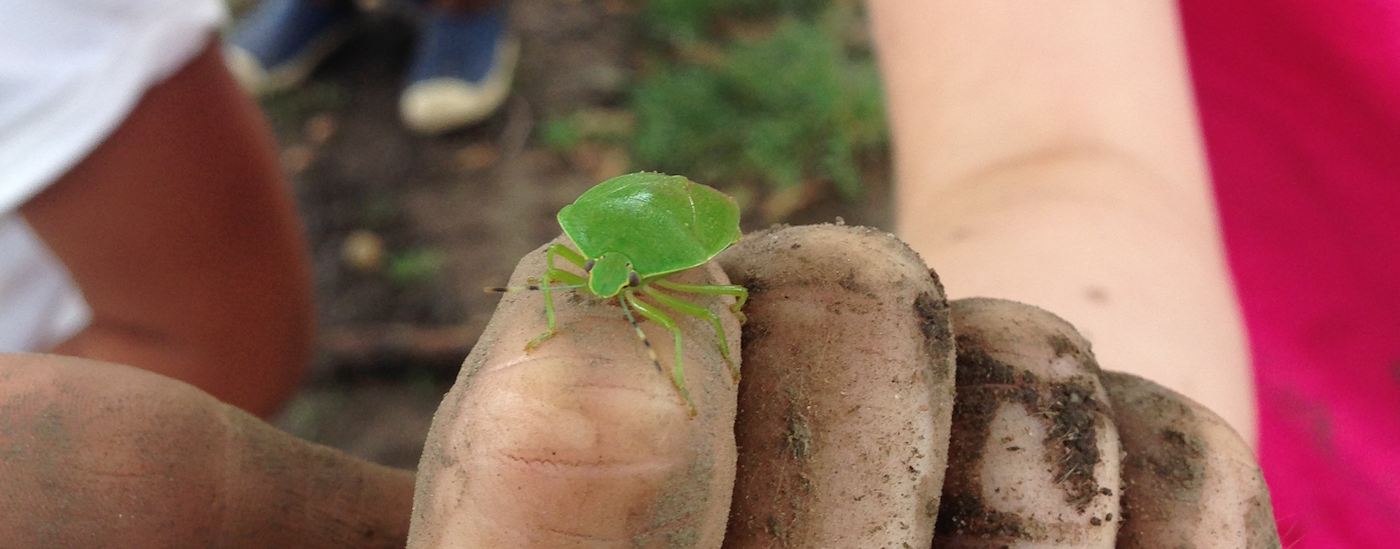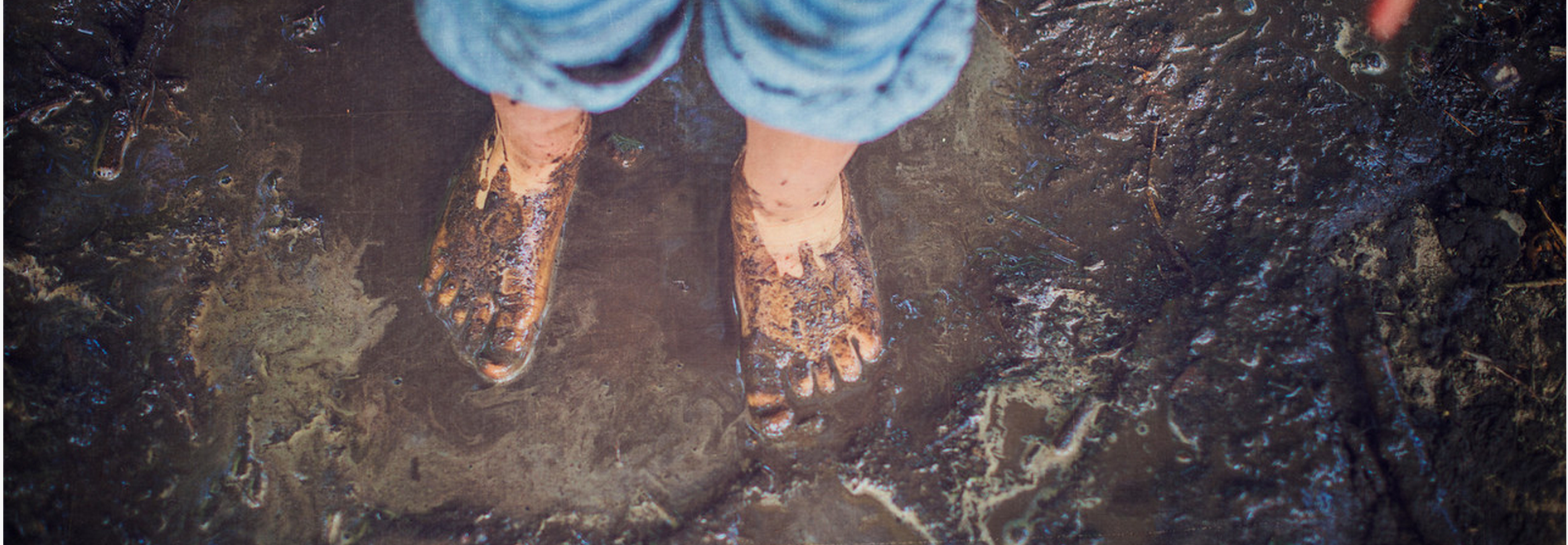Tiny Friends
-
Age: 0 to 8+
-
Time: Under 1 hour
-
Materials: Magnifying glass, glass jar with small nail holes in lid, Some Bugs by Angela DiTerlizzi and Brendan Wenzel
- Skills: Curiosity, Focus & Self Control, Naturalist, Sensory
Insect Activity for Kids
Bugs are marvelous things, and they can help us inspire wonder, joy and curiosity. Their tiny scale and huge numbers, the ways they move, the shapes and textures of their bodies, their colors, and more make them fascinating to people of all ages.
So many adults openly exhibit anti-bug sentiments. We spend time killing them, resenting their arrival at picnics, and flinching at their touch. What a sad loss for wee ones to take on such a feeling and miss out on this world of tiny creatures! Let’s instill a pro-bug (aka pro-nature) mindset!
Take your wee explorers outside and encourage them to explore and discover the tiny critters all around. Bring a magnifying glass and jars. Start in the grass, and then move on to a decomposing log. Worry much more about the process than teaching the scientific names of these critters—remember, the goal is to empower our kids to be curious explorers when we are not around. Discover bugs with your kids, and introduce them to the intriguing little friends all around them!
The Guide
- Read Some Bugs: by Angela DiTerlizzi. Go outside with your kids and read the story with them. After you read, ask them, “Are we the only creatures in this meadow/field/yard right now? Who else is here with us?” For more of a challenge, ask these questions before reading the book and prompt them to really wonder about which creatures are outside with us without making such a strong suggestion.
- Learn a new tool: Ask kids how we might find these bugs, and what we might use to look at them more closely. When they’re ready, bring out the magnifying glasses, and give them a chance to simply play with and get to know them. The best way to learn to use a new tool is to explore it independently first. Let them use it incorrectly for a while, and model correct use, instead of instructing them. They will come around in time!
- Turn your eyes to the ground: Say, “I am going to use my magnifying glass on the grass. I wonder what I’ll see.” Share a finding or two and act really excited by the any you see crawling on a blade of grass or the bee you see buzzing on the flower. Likely, kids will start to look to and share their own discoveries.
- Prompt questions: Ask kids, “What did we see? How did the bugs we saw move? Can anyone move like the bugs they saw?” Let kids experiment with moving like bugs. Tell them, “I was told there is a most exciting place to meet more tiny friends. Would you like to see? Yes? Me too!”
- Find a log: Find a decomposing log, and peel off some bark. There should be more creatures for your explorers to look at. If you want, bring along a jar with holes in the top and put some critters in for easier observation. Tell kids that we can use the jars to observe creatures in a way that will keep them safe and not too scared. Be mindful to keep this to a minimum, protecting habitats as much as we can.
- Prompt curiosity: Keep asking kids about the critters they are finding, but give kids a chance to explore and discover on their own.
Why is this activity great for kids?
Rarely do we take time to stop and notice what and who else shares our space. If we model how to stop, look, feel, and listen, we not only develop all of those senses, but we give kids the chance to develop their curiosity, observation skills, and their focus and self-control.
Awareness and appreciation of the smallest of creatures will help children become more compassionate and caring for the environment--two things that are in danger in a world in which people are increasingly disconnected from nature.



